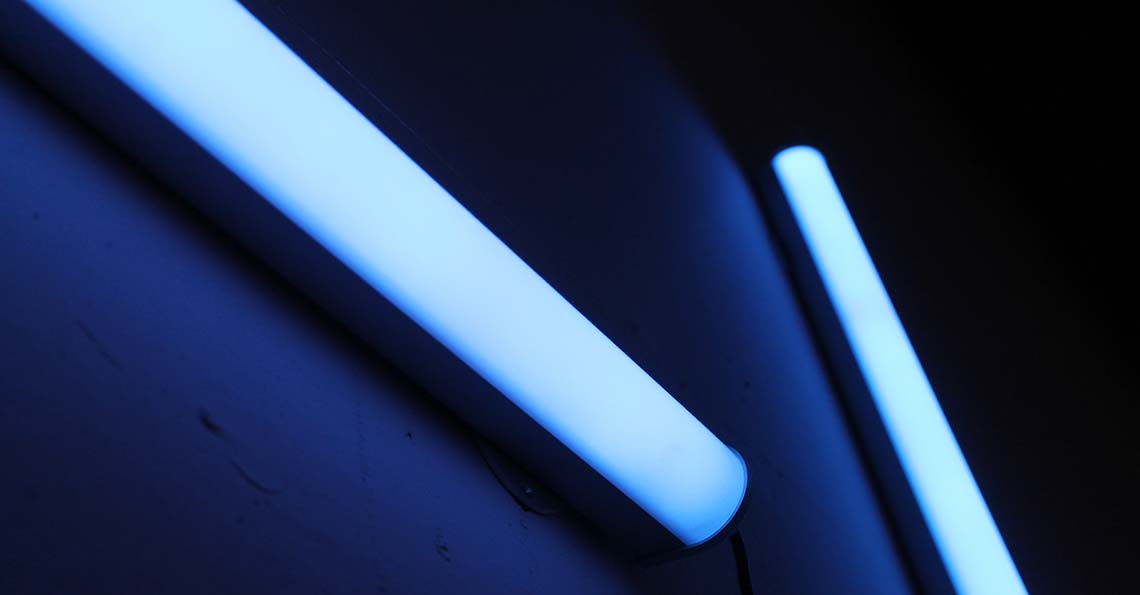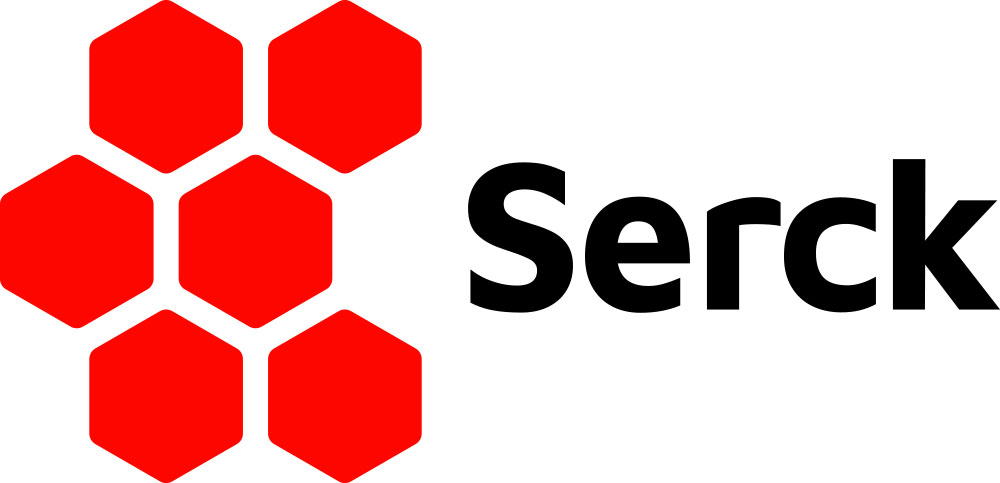
- May 22, 2020
- Jamie
- Climate Control, Facilities, Healthcare, Product Spotlight
- 0 Comments
As Heating, Ventilation and Air Conditioning (HVAC) systems work to control indoor climates for comfort and optimized productivity, the nature of HVAC operation promotes the potential spread of contaminants throughout indoor air. While much of this potential risk is mitigated with the use of filtering technology, with the current COVID-19 crisis, there is a renewed focus on increased eradication of any potential pathogens that could be circulated.
This has led to a resurgence of interest in UltraViolet Germicidal Irradiation (UVGI) for HVAC Units.
The solution was first identified in the 1930s, when it was found to help slow the spread of other airborne diseases including smallpox and tuberculosis in some schools in Philadelphia.
Addressing the issue of potential contamination of indoor air has again resurfaced in the past few months due to the rapid spread of the novel coronavirus throughout the world. It has been established that the virus is spread through airborne droplets from an infected person, and so the treatment of any recirculated air is being pursued as a potential way to mitigate the spread. This could be especially helpful in high-risk facilities like hospitals where there may be a high concentration of airborne virus circulating.
How does UltraViolet Germ Irradiation for HVAC Work?
UV light refers to short-wavelength ultraviolet “light” (radiant energy) and is a proven technology when it comes to eliminating or inactivating bacteria, viruses and other harmful microorganisms that pose a risk to human health.
Wavelengths in the photo biological ultraviolet spectral band known as the “UV-C” from 200 to 280 nanometers(nm) have been shown to be the most effective for disinfection.
UV-C wavelengths comprise photons (particles of light) that are the most energetic in the optical spectrum (comprising UV, visible and infrared) and therefore are the most photo chemically active. UV-C light kills or inactivates microorganisms by destroying nucleic acids and disrupting their DNA, leaving them unable to perform vital cellular functions.
The American Society of Heating, Refrigerating and Air Conditioning Engineers (ASHRAE), the leading global research and standards body of the HVAC industry, gives the installation of UV-C products in HVAC Systems its highest recommendation, based on the available evidence, as part of a comprehensive plan to mitigate the spread of airborne pathogens.
Why Choose Serck to add UV-C lights to your HVAC system?
Serck’s Climate Control division offers eco-smart solutions of UV lamps emitting UV-C lights. These can help your facility improve the health and safety of your indoor air quality, which is becoming critically important during the COVID-19 pandemic. It also provides the additional environmental benefit of reducing HVAC energy use and maintenance costs by reducing condensation on coils overall.
UV lamps can be easily installed in the Air Handling Units (AHU) of your HVAC system either before or after the cooling coils or in the ducts.The superior design of the lights Serck provides enables them to emit 40% more UV-C, with no additional energy cost.
The installation of UV lamps is highly recommended for very high risk buildings like hospitals, isolation buildings, quarantine rooms and also for other commercial spaces involving dense populations like malls, supermarkets, hotels, restaurants, offices, colleges, schools etc
Please feel to contact us for more information on usage, prices and installation packages of UV lamps.




Recent Comments